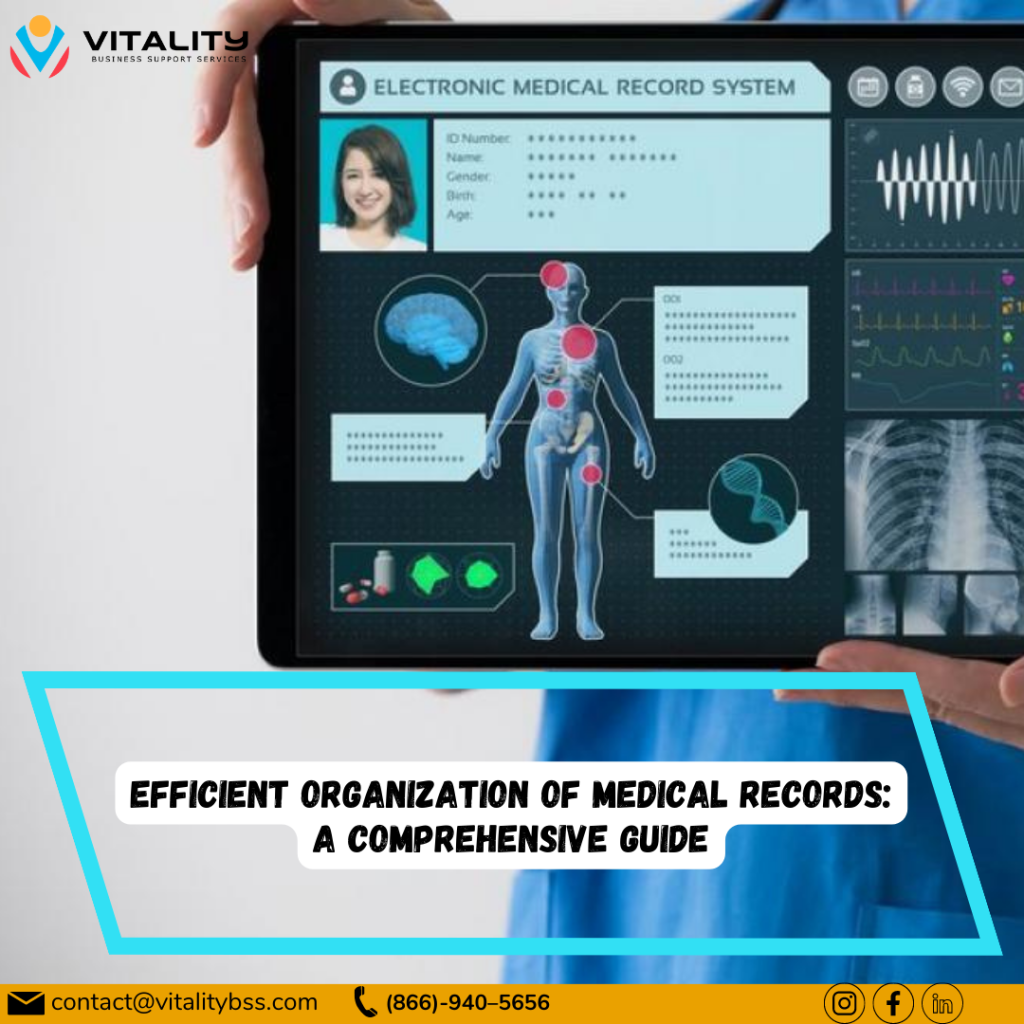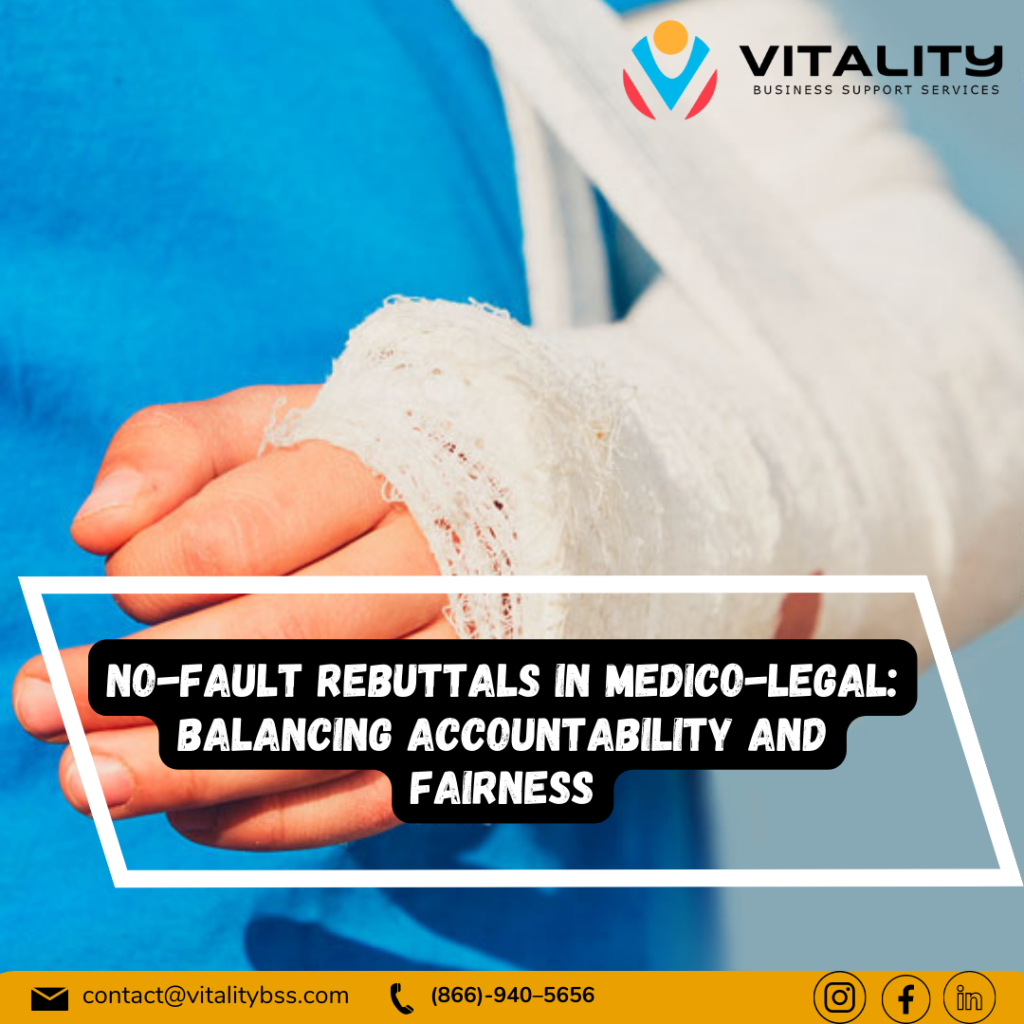Introduction:
In the fast-paced world of healthcare, the efficient organization of medical records is paramount. Properly organized medical records ensure seamless patient care, accurate diagnosis, and effective treatment. In this comprehensive guide, we’ll delve into the intricacies of organizing medical records and offer practical tips to streamline this critical process.
Table of Contents:
- Importance of Organizing Medical Records
- Components of a Comprehensive Medical Record
- Methods of Organizing Medical Records
– Physical Organization
– Digital Organization
- Best Practices for Medical Record Organization
– Categorization and Indexing
– Data Privacy and Security
– Regular Maintenance and Updates
- Benefits of Well-Organized Medical Records
- Future Trends in Medical Record Management
- Conclusion
- Importance of Organizing Medical Records
Efficient organization of medical records is the backbone of modern healthcare. Accurate and well-organized records facilitate better communication among healthcare professionals, reduce errors, and enhance patient safety. Physicians can make informed decisions faster, leading to improved patient outcomes and satisfaction.
- Components of a Comprehensive Medical Record
A complete medical record consists of various essential components, including:
– Patient demographic information
– Medical history and current health status
– Test results, imaging studies, and diagnostic reports
– Treatment plans and prescriptions
– Surgical records, if applicable
– Progress notes and consultation reports
– Consent forms and legal documentation
- Methods of Organizing Medical Records
Effective organization can be achieved through both physical and digital methods.
*Physical Organization*: Physical records can be organized using color-coded folders, alphabetical or numerical sorting, and chronological arrangement. This method is ideal for clinics with limited technological resources.
*Digital Organization*: Electronic Health Record (EHR) systems are increasingly popular for organizing medical records. EHRs allow easy access, seamless updates, and efficient sharing of records among authorized healthcare providers.
- Best Practices for Medical Record Organization
*Categorization and Indexing*: Group records by categories (e.g., lab results, progress notes) and create an indexing system for quick retrieval. Utilize standardized naming conventions to ensure consistency.
*Data Privacy and Security*: Implement strict security measures to safeguard patient information. Adhere to HIPAA regulations and use encryption for digital records.
*Regular Maintenance and Updates*: Establish a schedule for reviewing and updating medical records. Remove outdated information and ensure all new data is accurately recorded.
- Benefits of Well-Organized Medical Records
Efficient medical record organization yields several benefits, such as:
– Enhanced patient care coordination
– Reduced risk of medical errors
– Improved billing and insurance claims processing
– Easier compliance with legal and regulatory requirements
- Future Trends in Medical Record Management
The future of medical record organization is likely to involve:
– Increased integration of artificial intelligence for data analysis
– Greater interoperability among different EHR systems
– Blockchain technology for enhanced data security and traceability
- Conclusion
Efficiently organized medical records are the cornerstone of quality healthcare. By adopting systematic categorization, leveraging technology, and adhering to best practices, healthcare providers can ensure accurate, secure, and accessible medical records. This not only enhances patient care but also contributes to the overall efficiency and effectiveness of healthcare systems.
Remember, well-organized medical records today lay the foundation for healthier tomorrows. Embrace these strategies and witness the positive transformation they bring to your healthcare practices.





